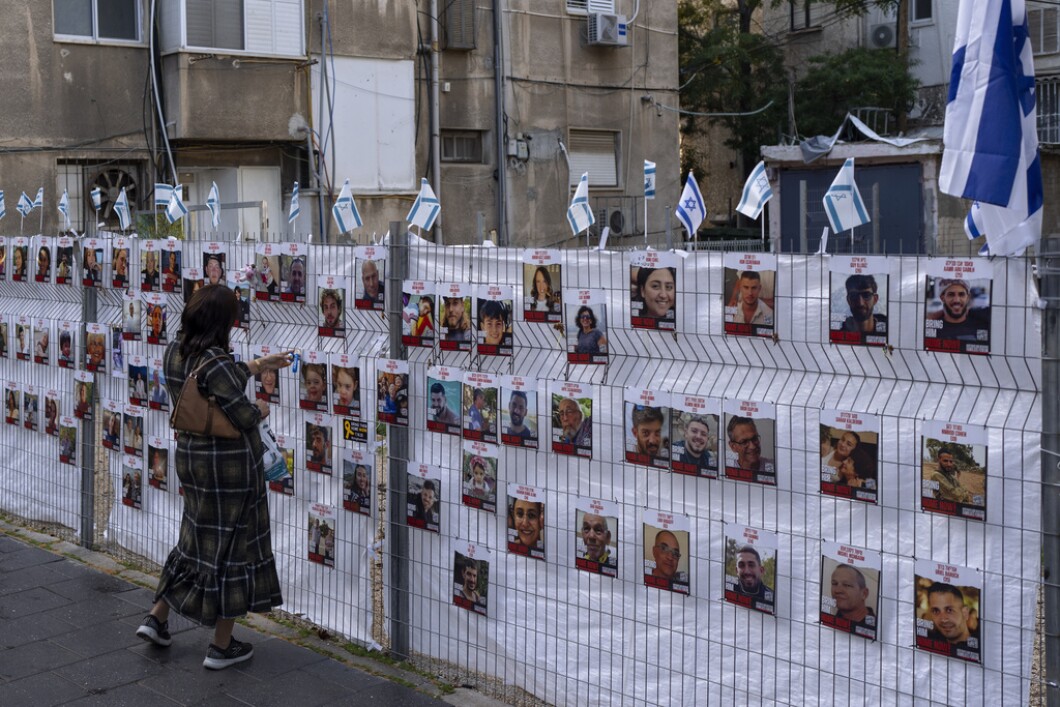
Israel’s National Security Council chairman, Tzachi Hanegbi, has indicated that the much-anticipated hostage deal with Hamas will be delayed until at least Friday.
Earlier on Wednesday, Hamas said the deal would go into effect at 10 a.m. local time Thursday, but hours later, Hanegbi said, per the Times of Israel: “The negotiations for the release of our hostages are constantly progressing… The release will begin according to the original agreement between the parties, and not before Friday.”
ANATOMY OF A DEAL: HOW THE ISRAEL-HAMAS HOSTAGE NEGOTIATIONS PLAYED OUT
A group of about 50 hostages are eventually expected to be released as a part of this initial agreement over the next few days. The hostages, roughly 240 in total, have been held in Gaza, presumably in their hundreds of miles of tunnels underground, for more than six weeks since they were kidnapped as a part of the Oct. 7 terrorist attacks in Israel. Their condition remains unclear given the Red Cross has been unable to meet with the hostages, against international law, though that will change as a part of their agreement.

Women and children are expected to make up the first group of hostages released. This group includes three Americans and several young children, according to a senior U.S. official.
Another aspect of the deal is that humanitarian aid is set to surge into Gaza while Israel has also agreed to release three Palestinians held in Israeli custody for every Israeli that’s released. It’s unclear when these individuals, who will only consist of women and children, will be freed.
Getting to this point has been a painstaking couple of weeks as U.S., Egyptian, and Qatari officials worked as intermediaries between Hamas and Israel. The two sides had previously been close to a deal last week when Hamas stopped responding to communications from Doha, pausing the negotiations for a couple of days.
U.S. officials, including President Joe Biden, have spoken with their Israeli counterparts on a near-daily basis in an effort to reach an agreement. One initial obstacle they had to overcome was Hamas’s initial refusal to provide identifying information about the hostages, though once they did, it proved to be a breakthrough.
The execution of this agreement could become a flashpoint in the war as Israel has maintained its intent to secure the release of all the hostages, the removal of Hamas from power, and the destruction of its military capabilities. Even with the release of roughly 50 women and children, there are approximately 200 hostages still in Gaza. Roughly 30 of the hostages are not being held by Hamas but are being held by a smaller terror group in Gaza known as Palestinian Islamic Jihad.
A U.S. official said earlier this week that the administration does not “distinguish” between the hostages held by Hamas and those held by PIJ and that “the onus is on Hamas,” which, the official added, “is under tremendous military pressure.”
CLICK HERE TO READ MORE FROM THE WASHINGTON EXAMINER
The pause is the first such break in Israel’s military campaign in Gaza, and the Israeli government also left open the possibility of extending the cessation of military operations in Gaza by one day in exchange for the release of every 10 additional hostages that get released. If there are roughly 200 hostages still alive in Gaza, Hamas could extend the ceasefire by nearly three weeks, but it’s unknown whether the terror group will take Israel up on the offer.
Hamas has previously taken Israelis hostage in order to secure the release of Palestinians held in Israel, though the terror group also has a history of violating ceasefires with Israel.






